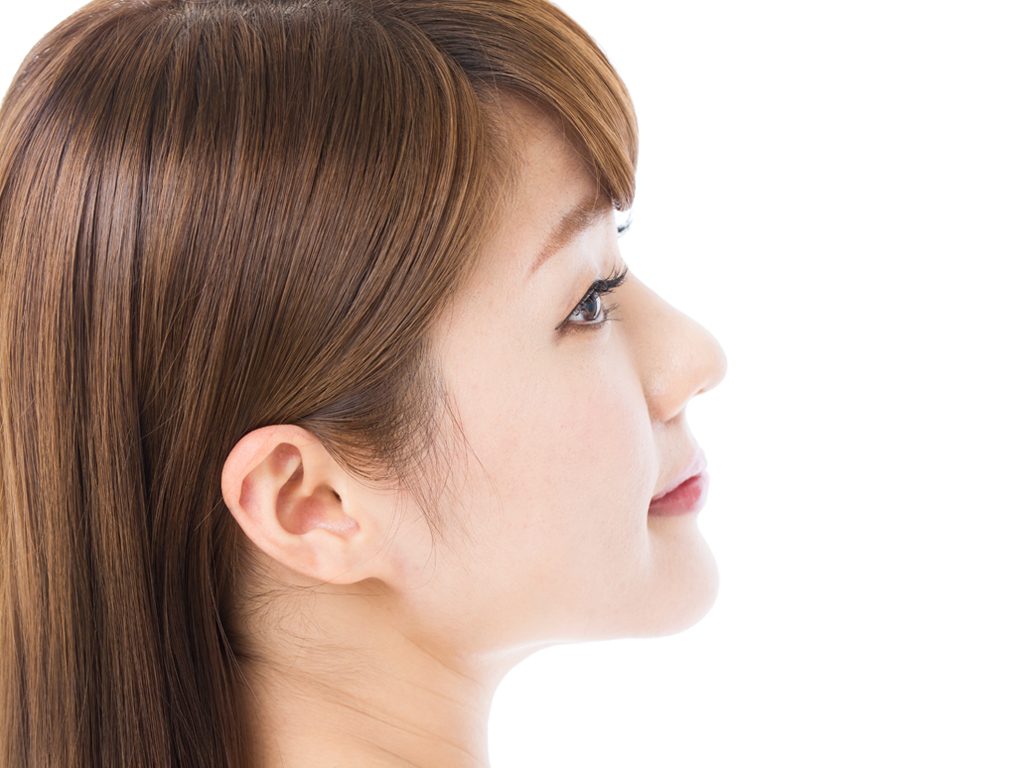The term, ‘different strokes for different folks’ applies to all types of surgeries. Learn the difference between open and closed rhinoplasty to understand what may be best for you.
Often referred to casually as a ‘nose job’, rhinoplasty is the technical term which encompasses nose surgery. Rhinoplasties may be performed for medical or for cosmetic reasons.

Cosmetic rhinoplasties are performed for aesthetic goals such as to enhance and alter the nose to improve the overall harmony of facial proportions. Medical rhinoplasties are performed for functional reasons, such as to relieve obstruction or to correct deformities resulting from birth defects or trauma such as a broken nose. In many cases, aesthetic enhancements are performed concurrently during medical rhinoplasties.
Cosmetic rhinoplasties are gaining popularity as they can help a person look more attractive by redefining the shape and size of the nose which forms the centrepiece of the face. Possible changes during a cosmetic rhinoplasty include: augmentation of the nose bridge; reduction of a large nose or nasal hump; correction of a ‘droopy’ nose; refinement or ‘sharpening” of the nose tip; straightening of a crooked nose; reduction of flared or fleshy nostrils; and narrowing of wide noses.
Tip surgery or “tip-plasty” is one of the most popular procedures, gaining steam especially in the wake of the K-pop phenomenon. This involves making the tip of the nose higher, sharper and more defined for a ‘perky’ look.
WHAT IS BEST FOR ME?
Speak with your Singapore plastic surgeon and tell him what your ideal goals are for your nose.
Enquire about the options and understand the pros and cons of each approach. Ask which technique your surgeon is most comfortable and confident with.
Request to look at photos of actual rhinoplasty cases so you can evaluate the results and decide what is best for your nose.
OPEN AND CLOSED WORK
Rhinoplasties may be performed in two ways: open or closed surgery. Depending on the type of surgery and complexity of the procedure, it can take between 30 to 120 minutes to do tip surgery.
A closed rhinoplasty is a nose operation in which all the incisions (and resulting scars) are within the nostrils. Most rhinoplasties can be performed through a closed approach. A closed rhinoplasty is a shorter procedure with less swelling, faster post-operative healing and a shorter downtime of about one week.
An open rhinoplasty usually has an additional small incision across the base of the collumella (the ridge of flesh that separates the nostrils). The scar is usually inconspicuous and cannot be seen from the front.
Over time, this scar may fade to become almost invisible. This surgery gives the cosmetic surgeon a clear view of all the cartilage so he can manipulate and alter the nasal shape with more precision. An open approach is sometimes necessary for more extensive alterations and detailed refinements of the nose. An open procedure results in slightly more swelling and longer downtime, with most patients returning to work within 10 days.







